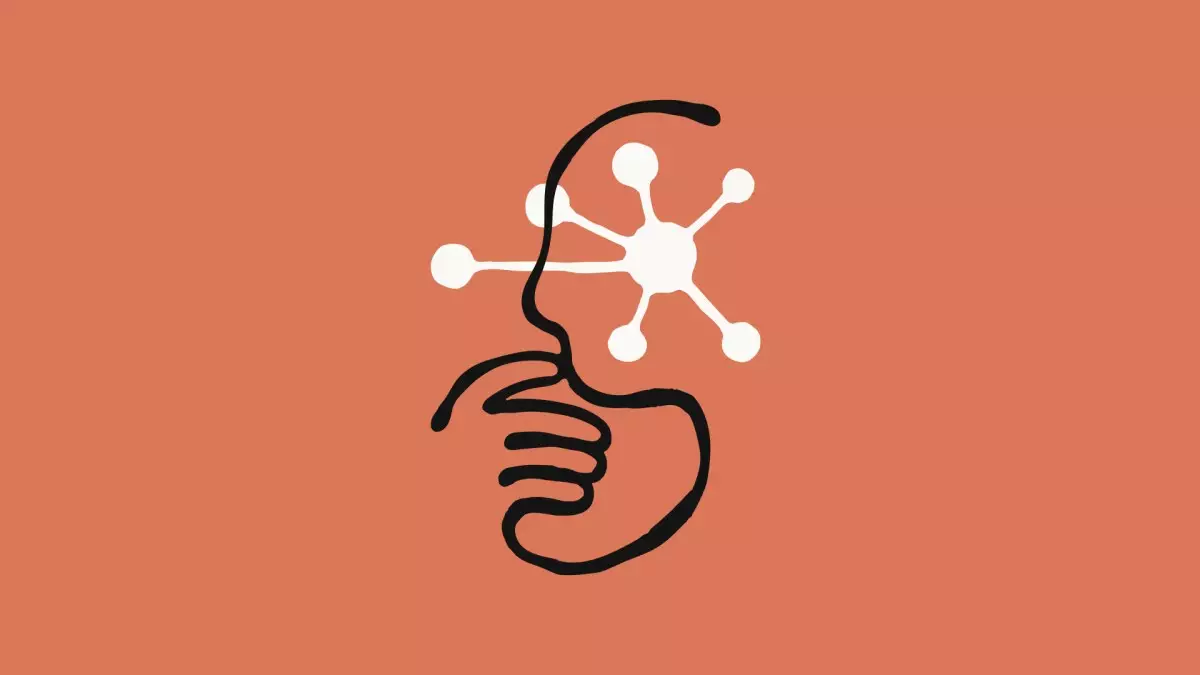In a world where artificial intelligence continuously reshapes the paradigms of communication, Anthropic has taken significant strides by introducing a “voice mode” for its Claude chatbot applications. Currently in beta, this new feature is designed to elevate user experience by enabling complete verbal conversations with Claude. This capability not only represents a major technological advancement but also signifies a shift towards more intuitive and fluid interactions with AI. As more companies venture into voice integration, it becomes clear that the future of AI engagement rests on the ability to communicate using natural language seamlessly.
The Features Driving Innovation
Anthropic’s voice mode empowers users to engage with Claude in a hands-free manner, making it an invaluable resource for multitaskers. By allowing users to speak to Claude and receive verbal feedback, the application mimics human conversation, fostering a more familiar interaction style. This mode also integrates visual aids, displaying key points on-screen as Claude articulates responses. Such features not only enhance comprehension but also provide a nuanced understanding of the AI’s suggestions and insights.
With the capability to handle diverse topics—from parsing images to discussing complex documents—Anthropic positions Claude as a versatile assistant. Users can toggle between text and voice interchangeably, ensuring that the conversation feels fluid and accommodating. Additionally, the incorporation of a conversation transcript allows users to keep track of discussions, further enhancing the reliability and utility of this technology.
Comparative Landscape of Voice Technology
While Anthropic’s advance is impressive, it’s essential to situate it within the broader context of the industry. Competitors such as OpenAI with its ChatGPT and Google’s Gemini Live are also enhancing their offerings through voice-enabled interactions. These platforms create a more human-like dialogue texture, yet each brings its own unique features to the table. For instance, Anthropic has leaned into a customizable user experience, allowing for five distinct voice options—something that can personalize interactions to meet individual preferences.
Despite these advancements, there are inherent limitations in Claude’s current offering. Regular usage caps impose restrictions, particularly for free users who may only engage in 20-30 voice conversations. Moreover, features such as Google Workspace connectors are exclusive to paid subscribers, which may hinder full-fledged adoption. Such tiered access models can alienate casual users and might create an unnecessary divide in user experience.
The Road Ahead for AI Communication
Looking forward, the launch of voice mode poses intriguing questions about the role of AI in our daily lives. With the rise of voice technology in chatbots, the potential for such systems to assist in personal and professional settings expands exponentially. Anthropic’s position in this rapidly evolving landscape underscores the necessity for ongoing innovation and responsiveness to user needs. As firms continue to refine their voice capabilities, they will need to balance user accessibility with the complexity of features offered.
The competitive landscape is bubbling with potential, and while Claude’s voice mode is a commendable endeavor, the real challenge lies in how well it can adapt and thrive alongside its rivals in delivering rich, meaningful conversations.

